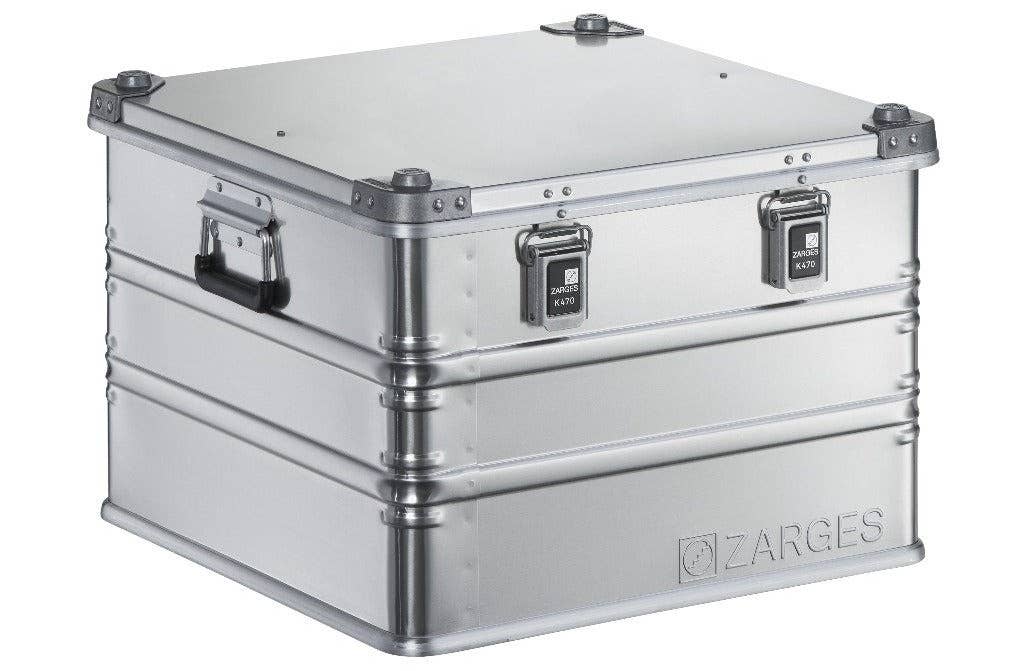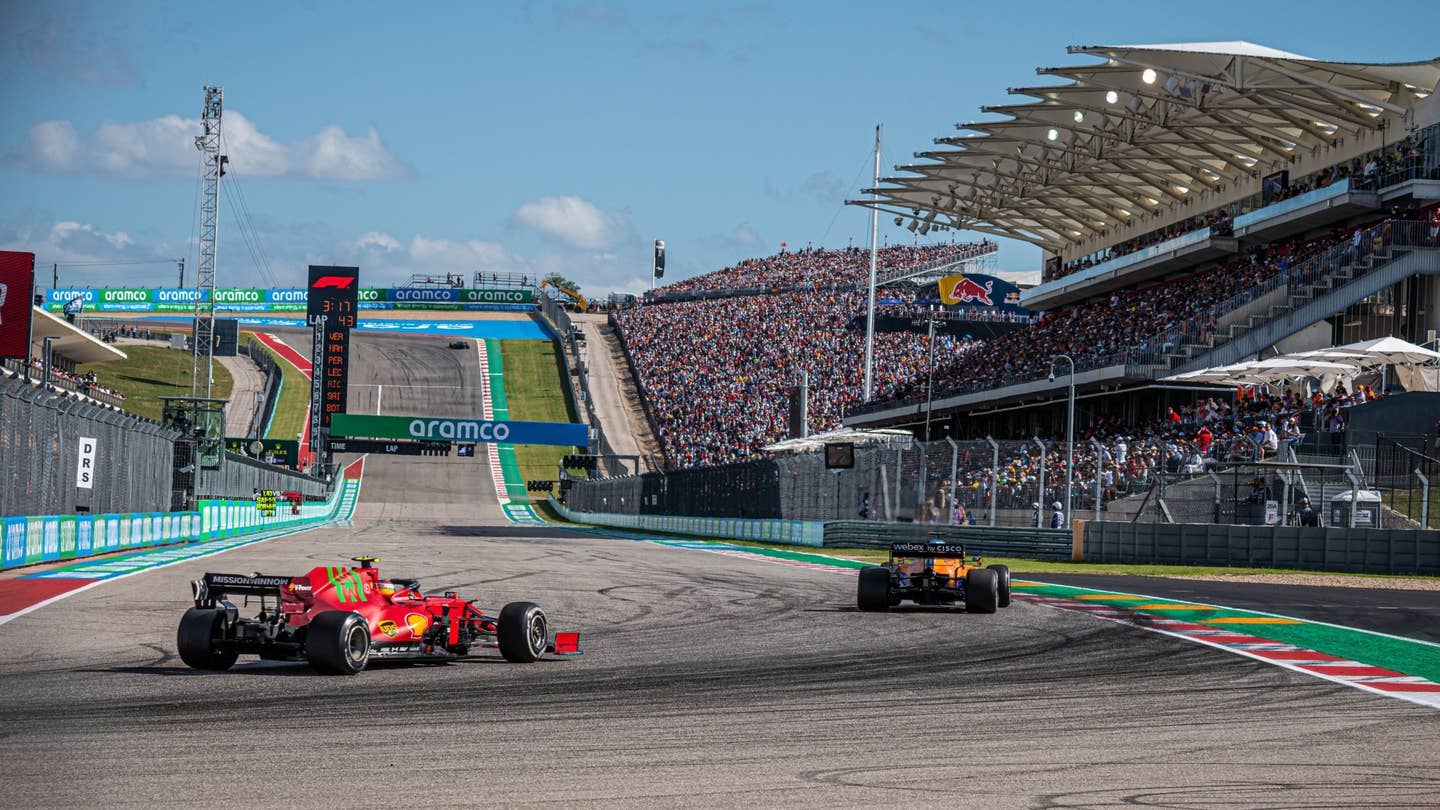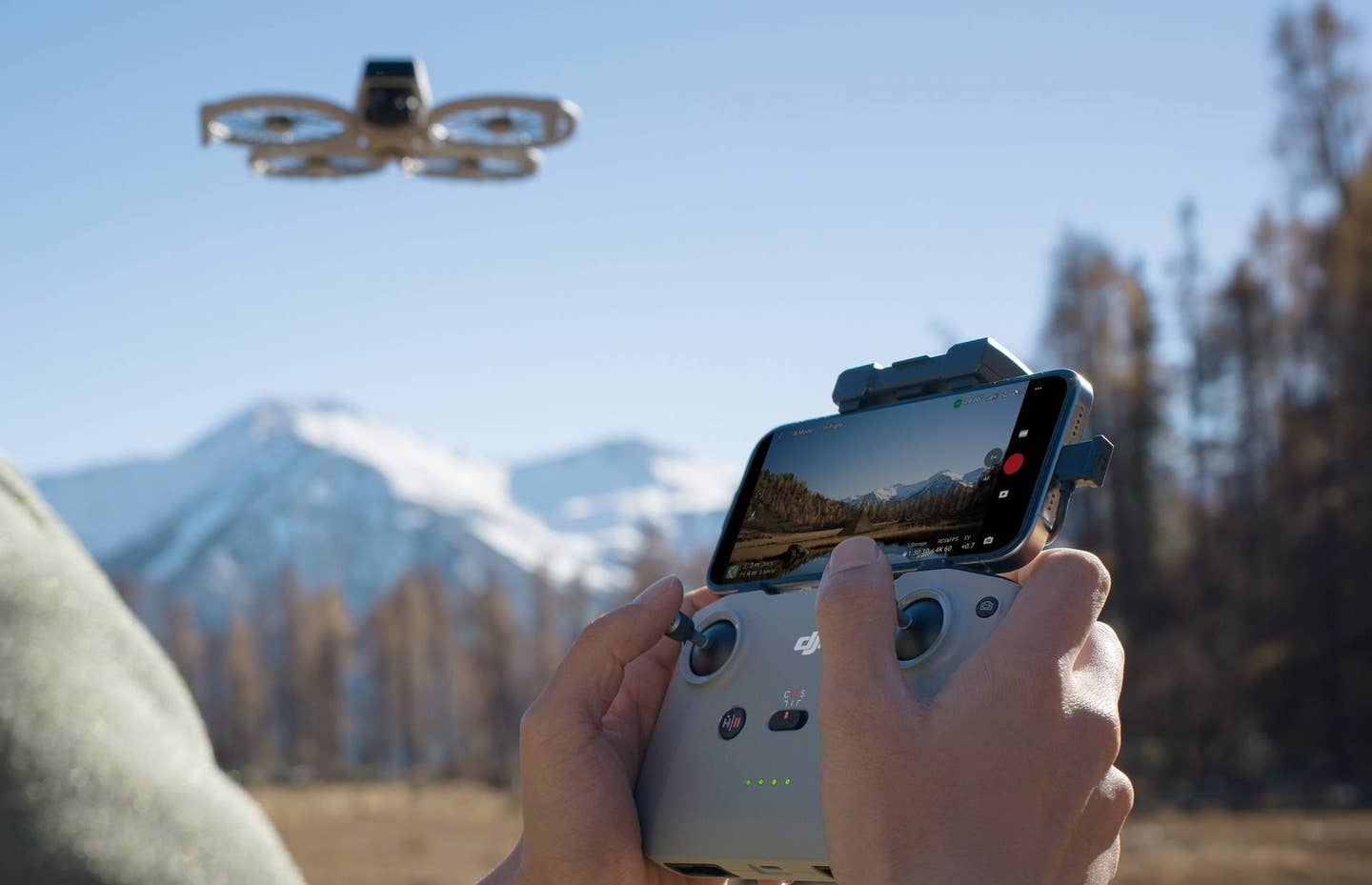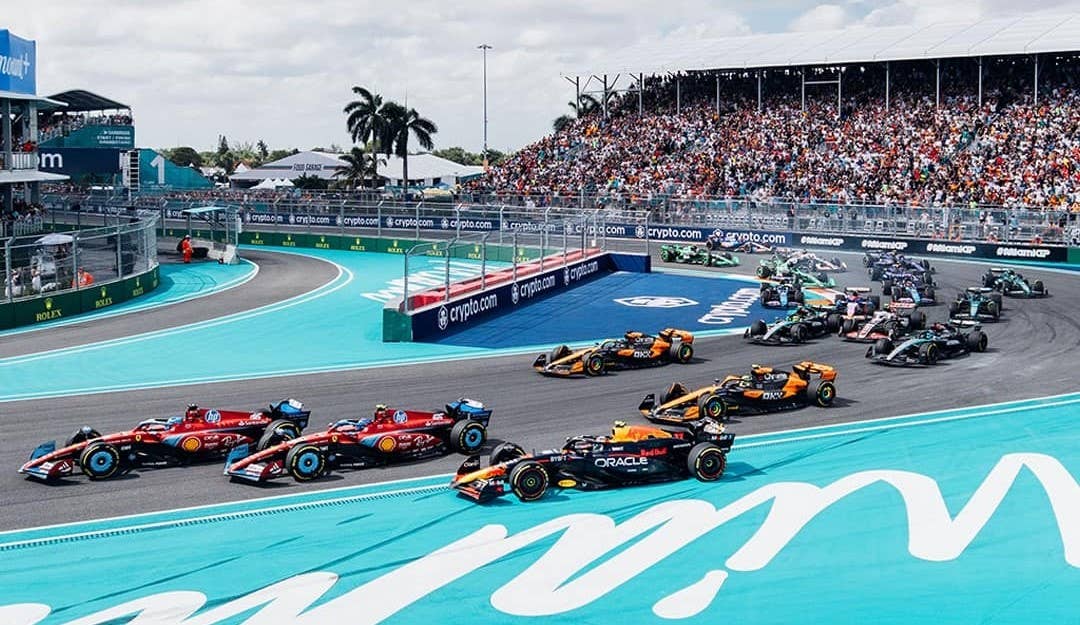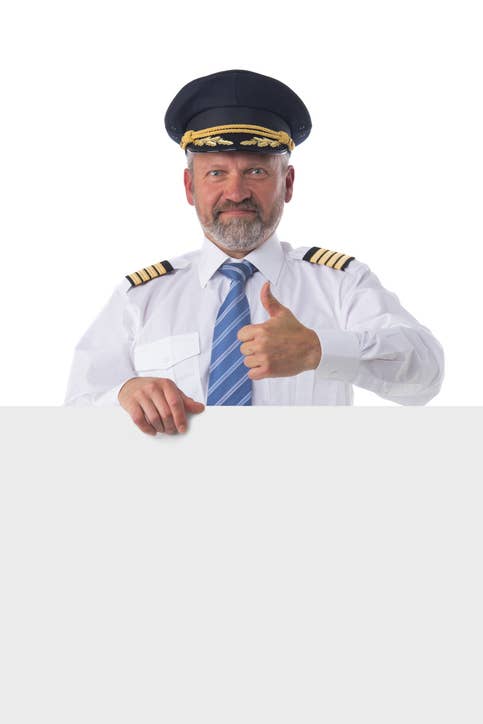
High performance endorsement as a pilot allows one to become a pilot in command (PIC). [Credit: iStock]
Though the term high-performance may lead to mental images of stunning World War II warbirds gleaming on the ramp, like thoroughbreds that look fast even when sitting still, the term actually covers a wide array of general aviation airplanes.
Whether flying for pleasure or for the sake of pursuing a professional career in aviation, the high-performance endorsement can open the door to new aircraft and opportunities for pilots old and new.
What Is a High-Performance Endorsement?
The high-performance endorsement allows a pilot to act as pilot in command (PIC) of an airplane with an engine capable of producing over 200 horsepower. Simply put, this offers general aviation pilots the option of heavier, faster, and generally more capable models.
The training should cover the aerodynamic and workload aspects of the additional power along with the potentially more complicated aircraft systems. The endorsement is not needed by rotorcraft pilots, regardless of the horsepower produced by their engine or engines.
How Does a High-Performance Endorsement Work?
For a pilot to receive the high-performance endorsement, he or she will have to complete both ground and flight instruction from a certified flight instructor (CFI). There is no minimum level of pilot certificate or particular training time requirement, so the duration of training will depend on the proficiency of the student.
The applicable regulation, known as 14 CFR 61.31(f), specifies the endorsement is required for airplanes with an engine of more than 200 horsepower. Some very similar aircraft may or may not require an endorsement depending on the engine installed.
Examples would include Mooney’s M20J at 200 horsepower which would not, but the externally identical 210-horsepower M20K would. A similar modern situation is found in American Champion’s Decathlon series, which is available with various engines, ranging in horsepower between 180 and 210.
Also, because the regulation specifies “an” engine, twin engine aircraft can have a combined total of over 200 horsepower, such as Piper’s workhorse Seminole trainer, which at 180 horsepower per engine falls under the limit.
Four Steps for How to Earn a High-Performance Endorsement
The high-performance endorsement should be a fun and relatively quick add-on for a proficient pilot.
Step 1: Ground Training
Ground training will cover the systems of the aircraft being used along with the operational aspects of the higher power aircraft. High-performance aircraft may feature more complicated systems, especially with regard to the fuel system and engine installation. Additionally, the ground training should lay out a plan for what to expect during the flight training.
Step 2: Flight Training
During flight training, you will have to demonstrate the safe and proficient operation of the aircraft and its systems. The FAA does not specify certain maneuvers to be accomplished but a skillful CFI will ensure that the student can competently manage the aircraft in both normal and abnormal situations.
As mentioned above, the duration of training will heavily depend on your proficiency and it’s always better to plan for a little extra time and be pleasantly surprised if you’re finished earlier.
Step 3: Logbook Endorsement
Once you’ve demonstrated sound ground knowledge and safe in-flight proficiency, your instructor will issue the appropriate logbook endorsement. Though the endorsement will specify the aircraft make and model you completed the training in, it is applicable for all high-performance aircraft going forward and does not expire.
Exceptions to Earning a High-Performance Aircraft Endorsement
There are a few situations detailed in 61.31(f)(2) in which you do not have to have the explicit endorsement itself and the benefits are still conferred upon you. If you logged pilot in command time while operating a high-performance airplane, a representative simulator, or a flight-training device prior to August 4, 1997, then endorsement is not required.
Alternatively, if you are hired by a Part 135 commercial operator and complete a PIC proficiency check under 135.293 in a high-performance airplane, you will have satisfied the requirements for the training. As such, no endorsement will be required.
Should You Get a High-Performance Endorsement?
A high-performance endorsement is a recommended add-on to any recreational or aspiring professional pilot’s logbook and resume. As described in this article, it may be necessary for many operations.
FlyingMag provides resources to pilots in all stages of flight training and flying. To stay informed on all of the latest in aviation and pilot endorsements, subscribe to the FLYING Magazine newsletter today!
FAQ
When is a high-performance endorsement not required?
To act as PIC of an airplane not exceeding 200 horsepower, to act as SIC (second in command) regardless of horsepower, or when acting under one of the exemptions listed above.
What qualifies as a high-performance aircraft?
Any airplane with an engine producing over 200 horsepower regardless of airplane class, total horsepower (in the case of multi-engine airplanes), or whether the engine was factory original or modified/replaced by supplemental type certificate (STC).
How many hours to get your high-performance endorsement?
Depending on your proficiency it could take as little as 1 to over 10 hours of flight training, though 2-4 hours is common. Many pilots combine the high-performance and complex endorsements since many aircraft check both boxes. If you’re feeling particularly wild, you can even combine the high-performance with an upset recovery course in an aerobatic airplane.

Sign-up for newsletters & special offers!
Get the latest FLYING stories & special offers delivered directly to your inbox



